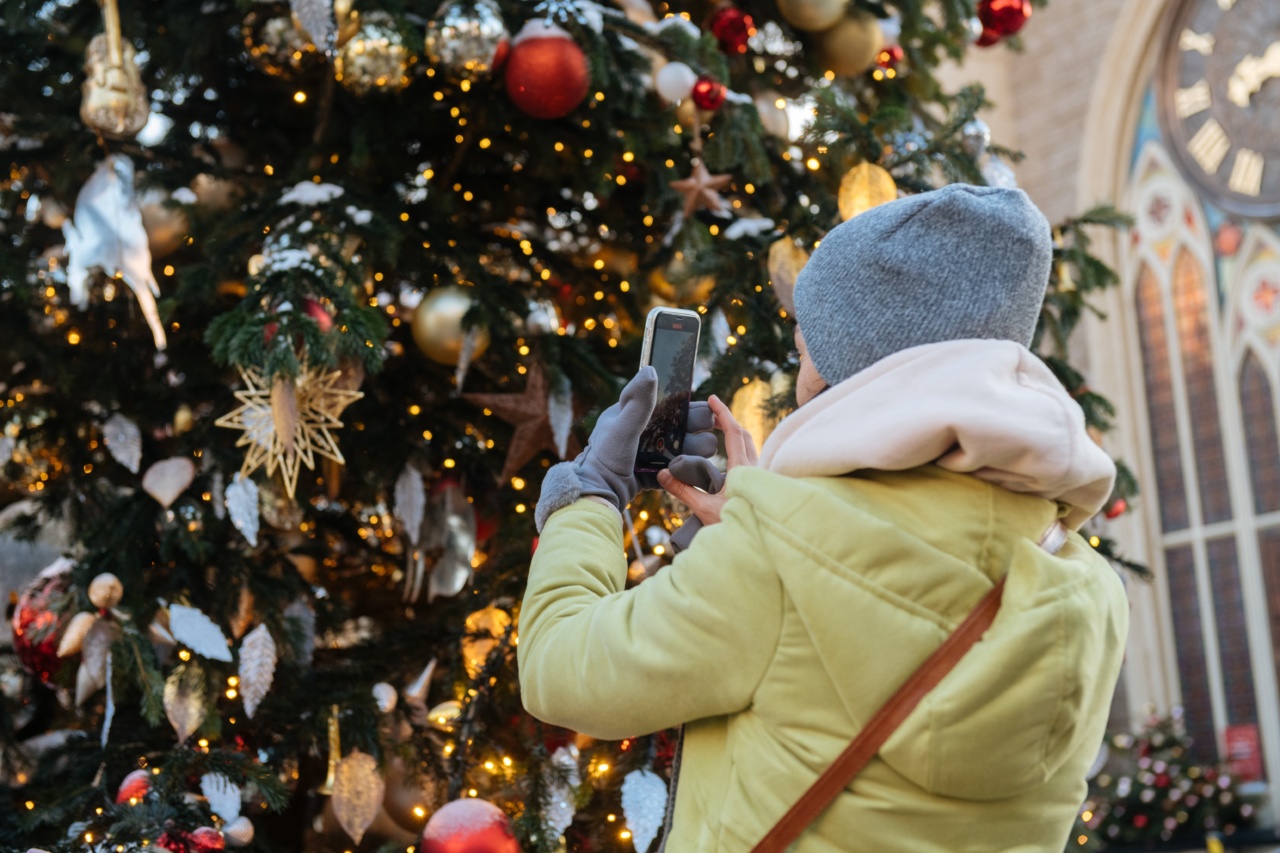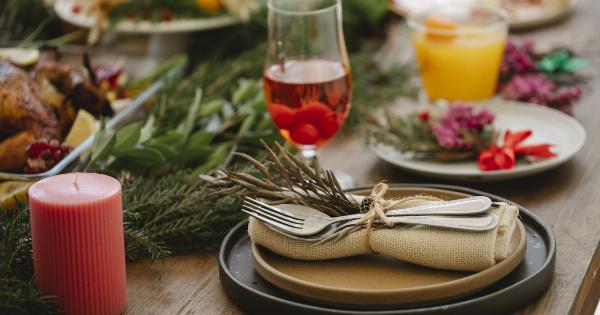For many of us, there’s nothing quite like the smell of a fresh-cut Christmas tree to mark the beginning of the holiday season.
But while a tree decked out in lights and ornaments can be a festive addition to any home, it may also be harboring hidden dangers that can make you sick.
What’s in your Christmas tree?
One of the main concerns with Christmas trees is that they can be a breeding ground for mold. Mold spores can thrive both inside and outside the tree, particularly if it has been stored in a damp environment before being brought indoors.
Once in your home, mold spores can spread and multiply, causing a range of health problems for anyone in close proximity. Symptoms of mold exposure can include itchy or watery eyes, runny nose, coughing, and even asthma attacks.
Another potential danger associated with Christmas trees is the presence of pesticides. Many growers use pesticides and other chemicals to control insect infestations and diseases in their Christmas trees.
These chemicals can linger on the tree long after it has been cut down, and when they are brought into your home, they can pose a risk to your health. Exposure to pesticides can cause skin irritation, headaches, nausea, and other symptoms.
How to reduce your risks from Christmas trees?
So does this mean you need to give up your beloved Christmas tree altogether? Not necessarily. There are a number of steps you can take to minimize the risks and keep your home healthy this holiday season.
Choose a fresh tree
The fresher your Christmas tree, the less likely it is to harbor mold spores and other contaminants. When choosing a tree, look for one that has vibrant green needles that are hard to pull off the branches.
If the needles are brown, brittle, or easily fall off, it may be an indication that the tree has been cut for too long and is no longer fresh.
Clean it before bringing it indoors
Before you bring your tree indoors, take a few minutes to give it a thorough clean. Use a leaf blower or vacuum to remove any loose needles and debris, and wipe down the trunk and branches with a solution of mild detergent and water.
This can help to remove any mold spores, pesticides, or other contaminants that may be lurking on the tree.
Avoid adding chemicals
Adding preservatives or other chemicals to your Christmas tree water can do more harm than good. These chemicals can break down over time and create more favorable conditions for mold growth.
Instead, simply give your tree fresh water daily to help it stay hydrated and healthy throughout the holiday season.
Consider an artificial tree
If you are particularly sensitive to mold or other contaminants, or if you have a history of asthma or allergies, you may want to consider an artificial Christmas tree.
These trees are typically made from non-toxic materials and do not pose the same risks as natural trees. However, it’s important to note that artificial trees are not without their own set of problems, such as exposure to chemicals used in the manufacturing process and the potential for mold growth if they are stored in damp conditions.
Conclusion
While a Christmas tree is an essential part of many holiday traditions, it’s important to be aware of the potential risks it may pose to your health.
By choosing a fresh tree, cleaning it thoroughly, avoiding chemicals, and considering an artificial tree if necessary, you can help to ensure that your festive décor doesn’t end up making you sick this holiday season.






























